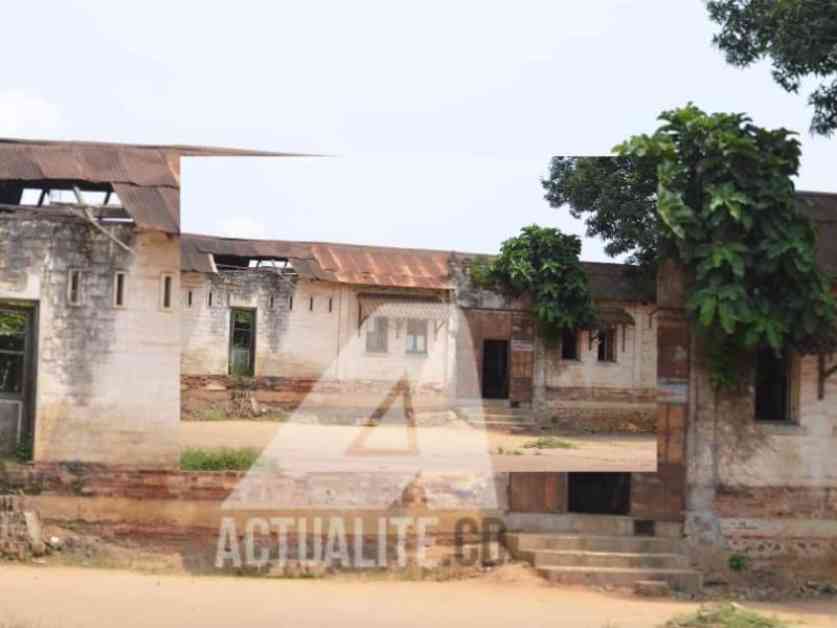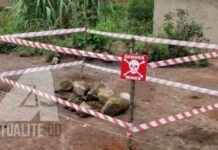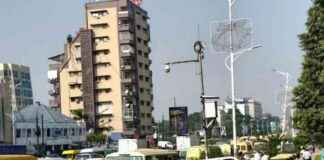Twenty-two detainees managed to escape from Inongo Prison on Sunday, March 9th. The daring escape took place in broad daylight at 10 a.m., catching the prison officials completely off guard. According to Joseph Lilenge, the prison director, this escape was made possible due to the negligence of the police officer assigned to guard duty. The officer had abandoned his post, allowing the detainees to walk out to freedom. Out of the twenty-two escapees, only three have been recaptured, while the fate of the remaining nineteen remains unknown.
The dire situation at Inongo Prison has been exacerbated by the deteriorating conditions of the facility itself. Joseph Lilenge highlighted the dilapidated state of the prison as a significant contributing factor to the growing insecurity for detainees. The aging and cracked walls, weakened foundation, wooden windows, and half-destroyed roof all contribute to the lack of security within the prison. “You hear the name of the prison, but it’s no longer a prison. It’s all destroyed. The walls, doors, roofs, everything is dilapidated. That’s why people can’t stay inside, as they end up escaping. That’s why there always needs to be a guard,” expressed Joseph Lilenge, the director of Inongo Prison.
On that fateful Sunday, only one police officer was on duty at the central prison in Inongo. It is customary for this struggling prison to operate with minimal staffing due to its ongoing reconstruction challenges. Built in 1928, the central prison of Inongo paints a grim picture. The infirmary has been repurposed as a storage area for baked bricks, with one of its walls collapsed. The courtroom is in shambles, overgrown with waist-high grass, and lacking a roof. No one can recall the date of the last hearing held in this decaying building. In the deputy director’s office, bags of cassava and containers of palm oil meant for the detainees’ food are stored. Currently, twenty-three detainees remain in Inongo Prison.
Reconstruction Challenges and Funding Shortages
The dire state of Inongo Prison reflects not only a security concern but also a larger issue of neglect and lack of resources. The prison’s infrastructure has been neglected for years, with no significant renovations or repairs in recent memory. The lack of funding has left the prison in a state of disrepair, making it difficult to ensure the safety and security of both the detainees and the surrounding community.
According to experts in prison reform, the conditions at Inongo Prison are not unique to this facility alone. Prisons across the region face similar challenges, with overcrowding, deteriorating infrastructure, and limited resources contributing to an environment that is ripe for escapes and unrest. Without proper funding and support, these issues are likely to persist, posing a risk to both the detainees and the public at large.
Call for Action and Reform
In light of the recent escape and the ongoing challenges faced by Inongo Prison, there is a growing call for action and reform. Local authorities, prison officials, and community members are urging the government to prioritize the reconstruction of the facility and address the funding shortages that have plagued the prison for years. Without immediate intervention, the situation at Inongo Prison is likely to deteriorate further, putting the safety of both the detainees and the public at risk.
As we reflect on the events that led to the escape of twenty-two detainees from Inongo Prison, it becomes clear that the issues facing this facility are deeply rooted and require urgent attention. The safety and security of all individuals involved must be a top priority, and concerted efforts must be made to address the underlying causes of this incident. Only through collaboration, support, and a commitment to change can we hope to prevent similar incidents from occurring in the future.

















